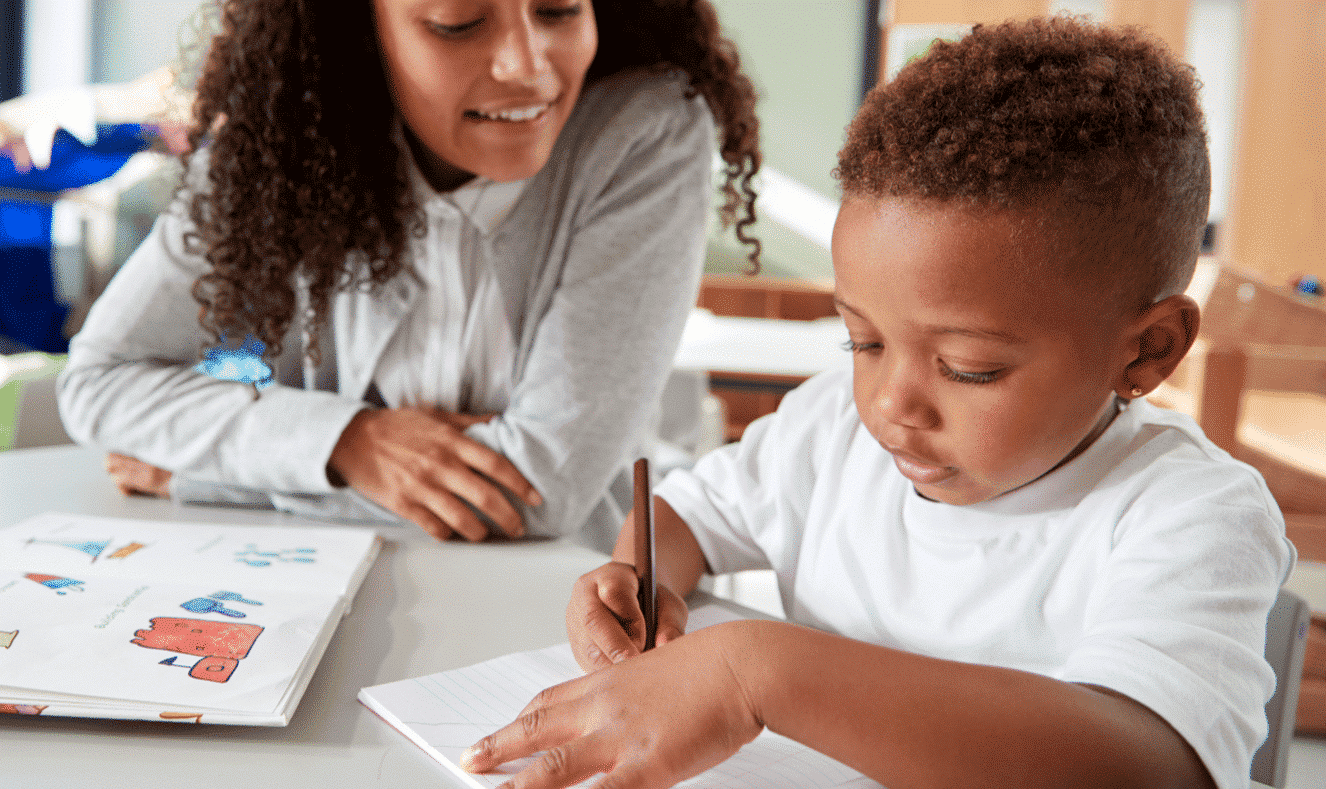As an experienced educator and parent, I’ve witnessed firsthand the profound impact that a nurturing and productive learning environment can have on a child’s academic and personal growth. In today’s rapidly evolving educational landscape, where traditional classroom settings have been disrupted, the importance of creating a supportive learning space at home has become increasingly crucial.
READ ALSO :
The Importance of Creating a Nurturing and Productive Learning Environment at Home
Establishing a dedicated learning environment at home can have a transformative effect on a child’s educational journey. By providing a structured, stimulating, and distraction-free space, we can help foster a love of learning, enhance academic performance, and support the development of essential life skills. In this article, I’ll share expert tips and strategies to help you create a nurturing and productive learning environment that empowers your child to thrive.
Tips for Setting Up a Dedicated Learning Space
- Designate a Specific Learning Area: Carve out a designated area in your home that is solely dedicated to learning. This could be a quiet corner, a spare room, or a section of a larger room. Ensure that the space is well-lit, comfortable, and free from distractions.
- Optimize the Learning Environment: Arrange the furniture and equipment to create a conducive learning atmosphere. Provide a comfortable desk or table, an ergonomic chair, and ample storage for educational materials. Consider incorporating elements like whiteboards, bulletin boards, or shelves to organize and display learning resources.
- Personalize the Space: Encourage your child to personalize their learning space with inspirational posters, educational artwork, or personal mementos. This can help foster a sense of ownership and investment in the learning process.
Establishing a Daily Routine for Learning at Home
- Create a Structured Schedule: Develop a consistent daily routine for learning at home. Designate specific times for focused study, homework, and extracurricular activities. This structure can help your child develop essential time management skills and establish a sense of predictability.
- Incorporate Breaks and Physical Activity: Intersperse learning sessions with regular breaks for physical activity, such as stretching, dancing, or engaging in light exercises. This can help maintain your child’s energy levels, improve focus, and promote overall well-being.
- Encourage Healthy Habits: Ensure that your child’s daily routine includes healthy habits, such as proper sleep, balanced meals, and regular hydration. These foundational elements can significantly impact their ability to learn and retain information effectively.
Creating a Positive and Encouraging Atmosphere for Learning
- Foster a Growth Mindset: Cultivate an environment that celebrates effort, progress, and learning from mistakes. Encourage your child to view challenges as opportunities for growth, rather than obstacles to overcome.
- Provide Positive Reinforcement: Offer genuine praise and recognition for your child’s achievements, no matter how small. This can help build their confidence and reinforce the value of their hard work.
- Encourage Collaboration and Peer Support: Consider organizing virtual study groups or collaborative learning activities to foster a sense of community and shared purpose among your child and their peers.
Incorporating Technology into the Learning Environment
- Leverage Educational Technology: Explore and incorporate educational technology tools, such as online learning platforms, educational apps, and virtual tutoring services, to supplement and enrich the learning experience.
- Promote Digital Citizenship: Teach your child responsible and ethical technology use, emphasizing online safety, digital etiquette, and the importance of balancing screen time with other activities.
- Encourage Creativity and Exploration: Provide opportunities for your child to use technology in creative and innovative ways, such as coding, video production, or digital art projects.
Managing Distractions and Fostering Focus during Learning Sessions
- Minimize Distractions: Identify and eliminate potential sources of distraction, such as social media, notifications, or background noise, to help your child maintain focus during learning sessions.
- Encourage Self-Regulation: Teach your child strategies for self-monitoring and managing their own attention, such as the Pomodoro Technique or mindfulness practices.
- Establish Digital Boundaries: Consider implementing screen time limits, device-free zones, or designated “technology-free” periods to help your child develop healthy digital habits.
Encouraging Active Engagement and Participation in Learning Activities
- Incorporate Hands-On Learning: Engage your child in hands-on learning activities, such as science experiments, art projects, or interactive simulations, to foster active participation and deeper understanding.
- Encourage Discussion and Questioning: Create opportunities for your child to engage in meaningful discussions, ask questions, and share their insights and perspectives.
- Promote Collaborative Learning: Organize group learning activities or projects that require your child to work with their peers, fostering essential collaboration and communication skills.
Supporting Self-Directed Learning and Independent Thinking
- Empower Your Child’s Curiosity: Encourage your child to explore their own interests and passions, and provide them with the resources and support to pursue self-directed learning.
- Foster Critical Thinking: Engage your child in activities and discussions that challenge them to analyze information, think critically, and develop their problem-solving abilities.
- Encourage Reflection and Self-Assessment: Teach your child to reflect on their own learning process, identify areas for improvement, and set personal goals for growth.
Building a Strong Parent-Child Partnership for Successful Learning at Home
- Communicate Openly: Maintain open and ongoing communication with your child about their learning experiences, challenges, and successes. This can help you better understand their needs and provide tailored support.
- Collaborate with Educators: Establish a strong partnership with your child’s teachers or tutors, sharing information and working together to ensure a cohesive learning experience.
- Involve Your Child in Decision-Making: Encourage your child to participate in the planning and decision-making process for their learning environment and activities. This can help them feel empowered and invested in their own education.
RELATED ARTICLE :
Conclusion
Creating a nurturing and productive learning environment at home is a transformative journey that can empower your child to thrive academically and personally. By implementing the expert tips and strategies outlined in this article, you can foster a space that cultivates a love of learning, supports self-directed growth, and prepares your child for future success.
If you’re ready to create a nurturing and productive learning environment at home for your child, I encourage you to schedule a consultation with our team of educational experts. We can provide personalized guidance and support to help you design the ideal learning space and establish effective routines and strategies. Contact us today to get started!





